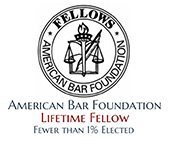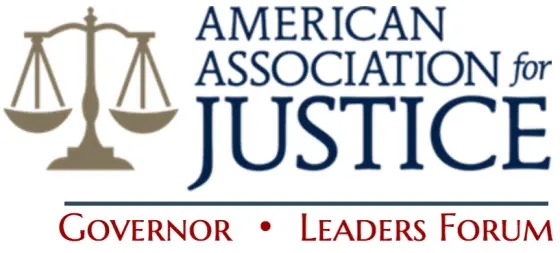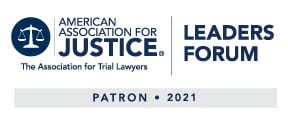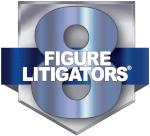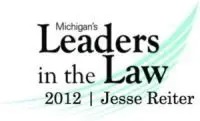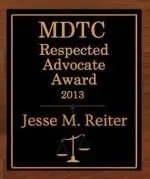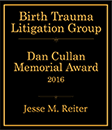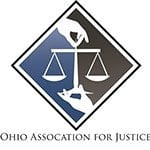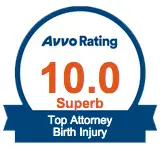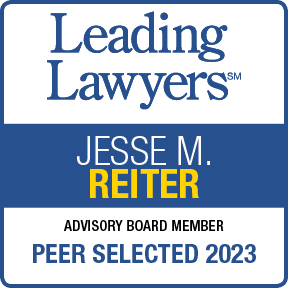Spastic Cerebral Palsy
What is spastic cerebral palsy?
Spastic cerebral palsy (CP), the most common form of cerebral palsy, is characterized by spasticity. Spasticity is a condition in which the muscles have abnormally high tone or stiffness. Individuals with spastic cerebral palsy often find moving to be painful and very difficult, and many have problems eating, drinking, walking, grasping, and speaking. Spastic cerebral palsy occurs in 70 – 90% of all cases of CP.
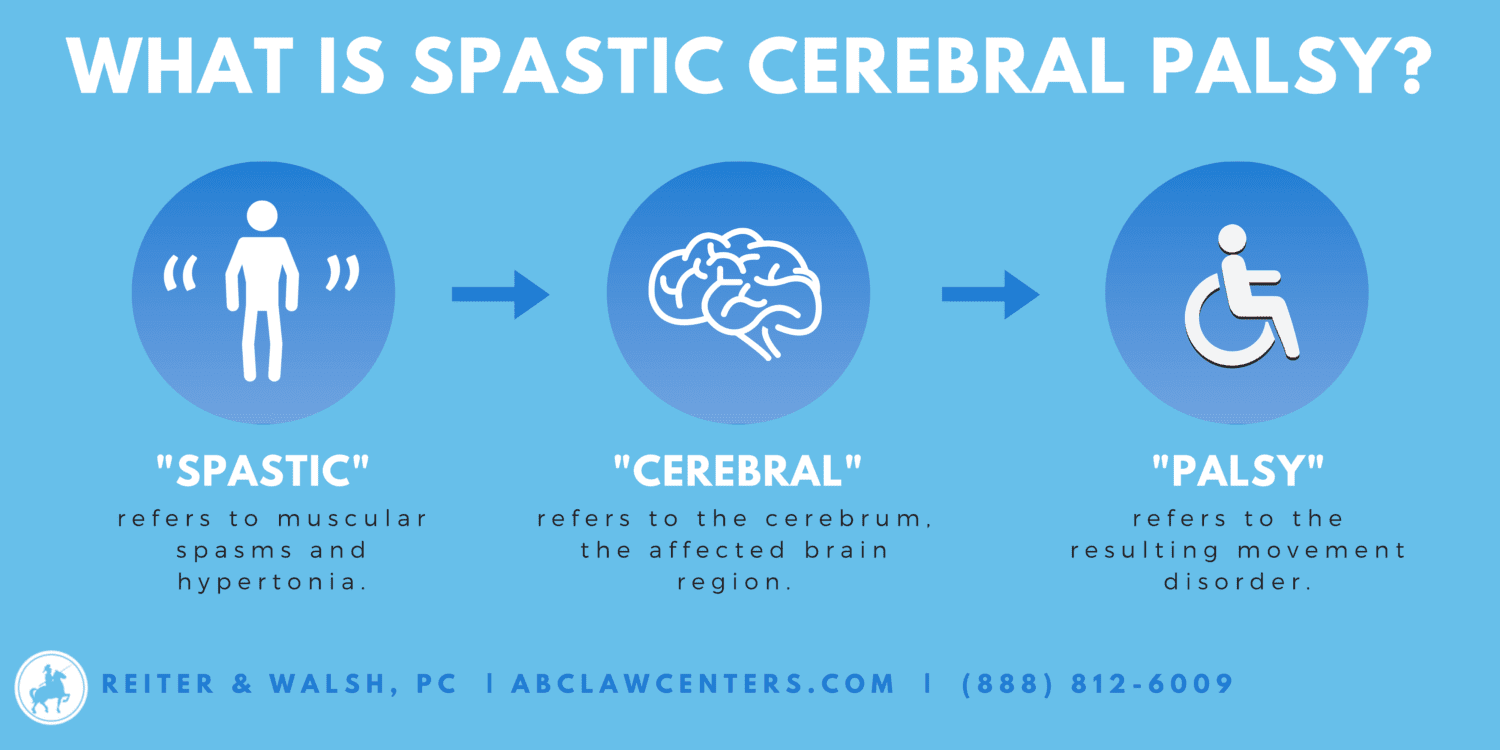
How Do Birth Injuries Cause Spastic Cerebral Palsy?
Spasticity is often caused by an injury to the developing brain. Many children diagnosed with spastic cerebral palsy have experienced an oxygen-depriving birth injury such as hypoxic ischemic encephalopathy (HIE). In addition to HIE, spastic cerebral palsy can be caused by a maternal infection that travels from the mother to the baby at birth, causing sepsis or meningitis. Brain hemorrhages (bleeds) caused by use of vacuum extractors or forceps during delivery can also cause a baby to have spastic CP.
A lack of oxygen to the brain (HIE), brain hemorrhages / bleeds and infection can cause damage to the upper motor neurons and corticospinal tract or the motor cortex, which is the part of the cerebral cortex involved in planning, control and execution of movement. This damage hinders the ability of some nerves in the spine to receive a very important neurotransmitter, causing extreme tightness in the muscles signaled by those damaged nerves. In other words, signals from the brain to the muscles are impaired, causing the muscles to be tight and spastic.
When the motor cortex or upper motor neurons and corticospinal tract are injured, there is an abnormal balance of signals between the nervous system and muscles. Muscles are supposed to coordinate pairs. When one group of muscles contracts, the opposing group is supposed to relax. In instances of spastic cerebral palsy, opposing muscles become active at the same time, causing a lack of coordinated movement and spasticity. The stiff, jerky movements seen in spastic CP are caused by an abnormally high muscle tone, called hypertonia.
How Can I Tell If My Child Has Spastic Cerebral Palsy?
Early signs of cerebral palsy include:
- The failure of the baby to breathe immediately after delivery
- Low Apgar score
- Seizures
- Abnormal head position
- Muscular stiffness (hypertonia – seen in spastic cerebral palsy)
- Weakness, floppiness, or low muscle tone (hypotonia)
Later signs of cerebral palsy include:
- Abnormal muscle tone (e.g., hunched over while sitting), reflexes, motor development and coordination
- Permanently fixed, tight muscles and joints
- Spasticities, spasms and other involuntary movements (e.g., facial gestures)
- Unsteady movement
- Problems with balance
- Soft tissue problems such as decreased muscle mass
- Scissor walking
Living with Spastic Cerebral Palsy | The Scissor Gait
The distinguishing factor characteristic of spastic cerebral palsy is the “scissor gait.” When a child has a scissor gait, the following things happen to his or her body:
- Knees and thighs often cross or touch while walking
- Hips and pelvis are usually locked, as if crouching while walking
- Ankles may be turned inwards while walking
- Feet typically make contact with the ground at the ball of the foot; the heel doesn’t touch the ground (this looks like “tip toe” walking)
- Arms and hands go outwards from the body to provide balance
The degree of spasticity varies widely from child to child. Some children have problems that are barely noticeable while others have misalignments so pronounced that the child needs crutches or a cane to assist in being upright. Some children are relegated to a wheelchair.
Above the hips, children with spasticity that only affects the lower body (spastic diplegia) typically retain normal or near-normal muscle tone and range of motion, although some spasticity may affect the upper body. Because leg muscle tightness often leads to instability when in an upright position, extra muscle tension usually develops in the upper body due to the upper body trying to compensate for the instability of the lower body.
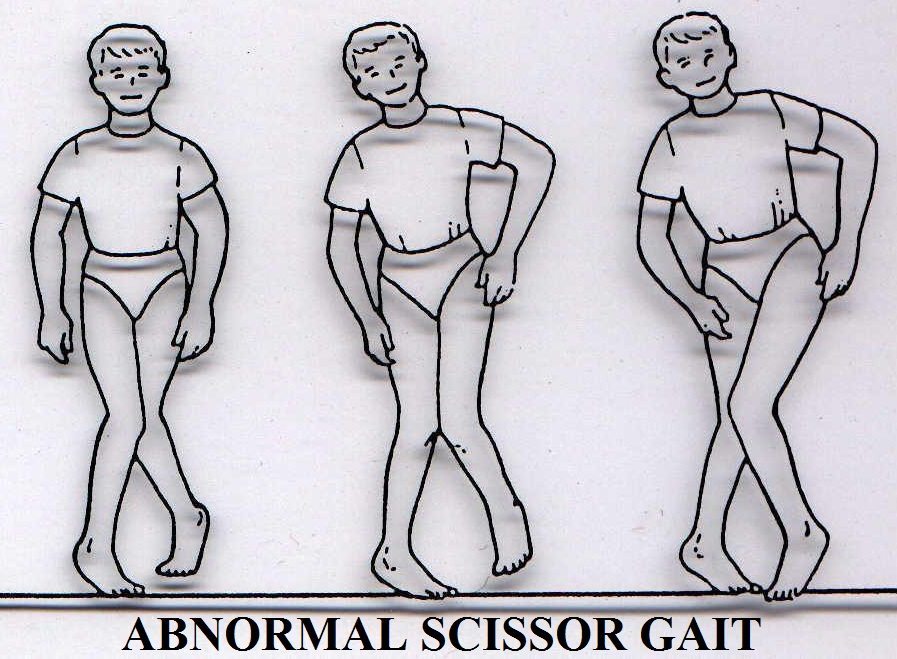
Other Side Effects of Spastic Cerebral Palsy
Spastic cerebral palsy is a collection of orthopedic and neuromuscular issues that causes symptoms that manifest over the course of the child’s lifespan. Although intellectual disabilities can occur alongside spastic cerebral palsy, spasticity is simply a description of the movement disorder caused by the brain injury. An injury in the brain can cause spastic cerebral palsy without causing intellectual problems.
Sometimes, however, a baby sustains a brain injury that causes damage to multiple areas of the brain, and the child can be left with spastic cerebral palsy as well as other conditions, such as intellectual disabilities and developmental delays. Hypoxic ischemic encephalopathy (HIE) can cause spastic cerebral palsy as well as other conditions in a baby, such as intellectual and developmental delays and seizure disorders.
What Are the Five Types of Spastic Cerebral Palsy?
Spastic cerebral palsy is divided into five narrower categories based on limb involvement. Below, our Michigan cerebral palsy lawyers will explain more about each type of spastic cerebral palsy.
- Spastic hemiplegia occurs when one side of the body is affected by the brain injury that causes cerebral palsy. Generally, injury to nerves controlled by the brain’s left side causes a right body deficit, and vice versa. Typically, children that have spastic hemiplegia are the most able to walk, compared to people with other types of cerebral palsy, although they generally limp on the affected side and are prescribed ankle-foot orthotics to help prevent the instability.
- Spastic diplegia occurs when the lower extremities are affected, with little to no upper-body spasticity. Most children with spastic diplegia are able to walk but are very stiff and have a scissor gait. Flexed knees and hips and moderate to severe adduction (limbs move closer to the body) are present. Gait analysis is often done in early life on a regular basis, and assistive devices, such as walkers, crutches and canes, are usually needed for these children. In addition, these kids are often nearsighted. Over time, the effects of the spasticity sometimes produce hip problems and dislocations.
- Spastic monoplegia occurs when one limb is affected.
- Spastic triplegia occurs when three limbs are affected.
- Spastic quadriplegia occurs when all four limbs more or less equally affected. Children with spastic quadriplegia are the least likely to be able to walk, or if they can, they don’t want to walk because their muscles are too tight and it is too much of an effort to do so. Some children with spastic quadriplegia also have hemiparetic tremors, an uncontrollable shaking that affects the limbs on one side of the body and impairs normal movement.
- Spastic Quadriplegic Cerebral Palsy and Clonus: In any manifestation of spastic cerebral palsy, clonus of the affected limb(s) may intermittently result, as well as muscle spasms, each of which results from the pain and stress of the tightness experienced, indicating especially hard-working and exhausted muscles. Clonus is a series of involuntary, rhythmic, muscular contractions and relaxations.
- Spastic Quadriplegic Cerebral Palsy, Arthritis and Tendinitis: The spasticity itself can (and usually does) lead to very early onset of muscle-stress symptoms like arthritis and tendinitis, especially in the mid-20s and early 30s.
Treatment and Therapy for Spastic Cerebral Palsy
There are a number of treatments and therapies for children with spastic cerebral palsy. The earlier a child begins treatment, the better the outcome. Children can start physical therapy at just a couple months of age, which is one reason it is crucial for physicians to make an early diagnosis of cerebral palsy.
Physical therapy and occupational therapy routines of stretching, strengthening, practicing functional tasks, and doing targeted physical activity and exercise are usually the main ways to help the symptoms of spastic cerebral palsy. Many other treatments have been shown to help, such as various antispasmodic medications, botox (botulinum toxin), baclofen and baclofen pumps (for severe spasticity), or even neurosurgery known as selective dorsal rhizotomy (SDR), which decreases the spasticity by eliminating the nerves causing it.
Research also shows that complementary therapies, such as water therapy, yoga, electrical stimulation, horseback riding (hippotherapy) and playing sports created for children with specific special needs all provide enormous benefits for children with spastic cerebral palsy.
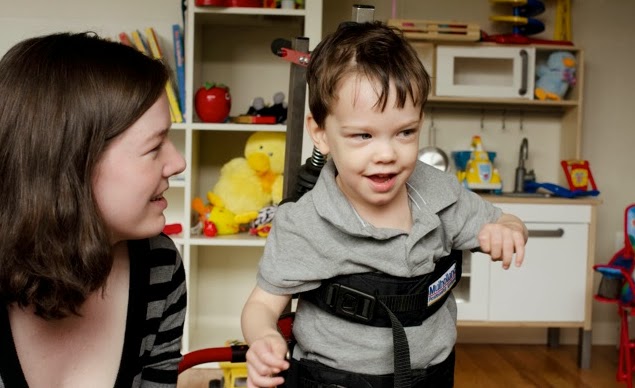
What Causes Spastic Cerebral Palsy?
As discussed earlier, spastic cerebral palsy is caused by an injury to the baby’s brain while it is still developing.
Infections in the mother that travel to the baby during delivery and oxygen deprivation are common causes of brain damage and resultant cerebral palsy. The brain can be deprived of oxygen when there is a restriction of blood flow in the brain (from decreased blood flow, a bleed, a clot, etc.), or when the oxygen supply to the baby is decreased or cut off, which causes decreased oxygen in the blood and brain.
Conditions that can cause oxygen deprivation and HIE include the following:
- Placenta previa
- Ruptured uterus (womb)
- Placental abruption
- Umbilical cord problems, such as a nuchal cord (cord wrapped around baby’s neck), compressed cord, short umbilical cord or cord in a true knot
- Failure to quickly deliver a baby when fetal distress is evident on the fetal heart rate monitor (delayed emergency C-section)
- Stroke
- Oligohydramnios (low amniotic fluid)
- Anesthesia mistakes, which can cause blood pressure problems in the mother, including a hypotensive crisis
- Premature rupture of the membranes (PROM)
- Prolonged and arrested labor
- Intracranial and extracranial hemorrhages (brain bleeds), which can be caused by a traumatic delivery. Forceps and vacuum extractors can cause brain bleeds. Sometimes intense contractions (hyperstimulation) caused by labor induction drugs (Pitocin and Cytotec) can cause head trauma. Mismanagement of cephalopelvic disproportion (CPD), abnormal presentations (face or breech presentation), and shoulder dystocia also put a child at risk of having a brain bleed.
- Improper management of the baby’s respiratory status after birth. This includes failure to properly manage apnea (periods of breathing cessation), failure to properly manage a baby on a breathing machine (which can cause overventilation injuries, such as hypocarbia and a hole or holes in the lung), and failure to give proper amounts of surfactant, which help with lung maturity and lung compliance in premature lungs.
- Improper management of anemia (low red blood cell count), which can cause the baby to lack the capacity to carry oxygen to the cells and tissues in the body, including brain cells.
Conditions that can cause an infection in the newborn include:
- Maternal infection, sepsis and meningitis. Infections in a pregnant woman can be passed on to the baby at birth, which is why it is crucial for physicians to recognize and properly treat infections in mother. These infections include Group B streptococcus (GBS), chorioamnionitis, herpes simplex virus (HSV), E coli, and Staphylococcus (staph) infections.
- When these infections are passed on to the baby, the baby can get a very serious infection in her bloodstream called sepsis. Sepsis can damage the brain either by direct infection of the central nervous system or by causing inflammation in the brain (encephalitis). Sepsis can cause meningitis, which is inflammation of the membranes around the brain and spinal cord. The most common source of meningitis is GBS.
- Sepsis can also cause the baby to go into septic shock, which causes a severe reduction in blood flow and blood pressure. When the blood pressure gets really low, the baby’s brain can become deprived of oxygen, which can cause permanent brain damage.

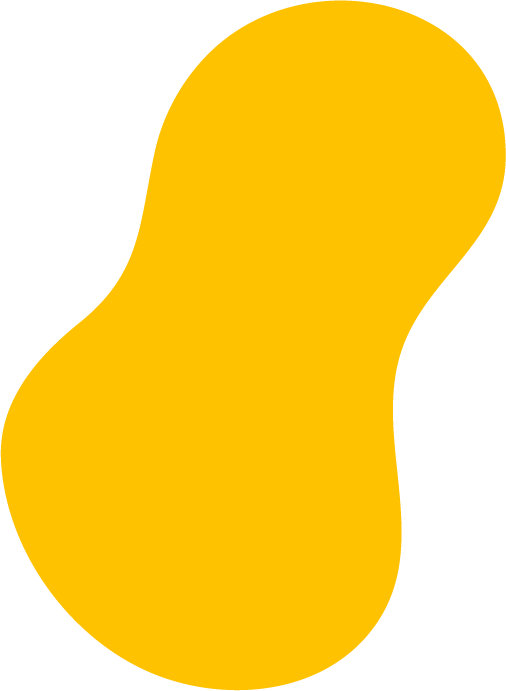
Advocates for Children with HIE, Birth Injuries and Spastic Cerebral Palsy
When you need the help of a birth injury attorney, it is very important to choose a lawyer and firm that focus solely on birth injury cases. The more experienced your attorney is with the specific legal and medical aspects of your case, the better opportunity your injured loved one has for a better settlement. The birth injury and cerebral palsy attorneys at ABC Law Centers have over 25 years of experience winning complicated, multi-million dollar cases related to birth injuries and spastic cerebral palsy.
If your child was diagnosed with a permanent disability, such as cerebral palsy, a seizure disorder, or hypoxic ischemic encephalopathy (HIE), the award winning lawyers at ABC Law Centers can help. Our legal team has helped children throughout the country obtain compensation for lifelong treatment, therapy and a secure future, and we give personal attention to each child and family we represent.
Our nationally recognized firm has numerous multi-million dollar verdicts and settlements that attest to our success and no fees are ever paid to our firm until we win your case.
- Free Case Review
- Available 24/7
- No Fee Unless We Win
Featured Videos
Posterior Position
Hypoxic-Ischemic Encephalopathy (HIE)

Featured Testimonial
What Our
Clients Say…
After the traumatic birth of my son, I was left confused, afraid, and seeking answers. We needed someone we could trust and depend on. ABC Law Centers was just that.
- Michael




